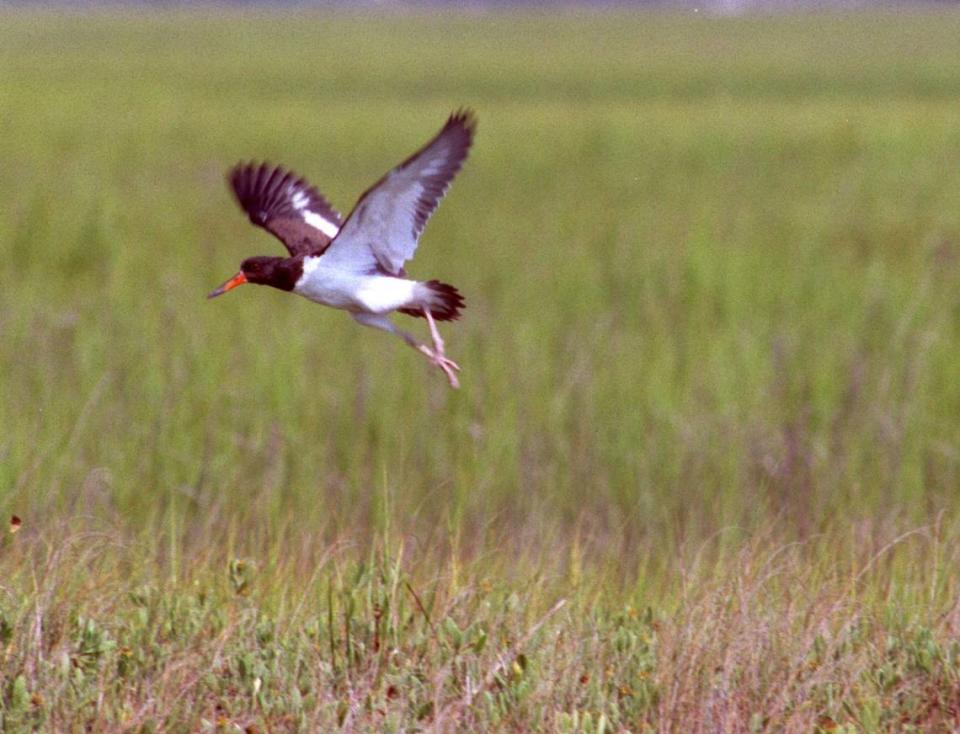Winter is a key time to spot wildlife in coastal South Carolina. Here’s what to look for
This article was updated to reflect that the Clearwater Marine Aquarium Research Institute conducts the aerial flights mentioned.
Maybe it’s a secret that wildlife viewing in South Carolina is actually best done in the winter. Maybe not.
But less irritation from bugs? Cooler temperatures? Fewer visitors? It’s a wildlife-lover’s panacea.
While tiny sea turtles aren’t skittering to the sea and you’d be hard pressed to spot a tiger shark, the winter months in South Carolina’s coastal areas become home for other wildlife. And for some of the state’s resident population, it’s a season where they display different vital behaviors.
As told by South Carolina Department of Natural Resources’ Erin Weeks, here are the top wildlife to look out for this winter in the Palmetto State.
In water
One of the first winter visitors that pops into Weeks’ mind is the lion’s mane jelly — aptly called the winter jelly. It’s a large, venomous and sport up to 1,200 tentacles, according to Oceana.
Luckily, because the sea jellies like brisk temperatures, they disappear by the time beachgoers come back out. But for many species during the winter, they’re seeking sunlight. In order to cope, they migrate to shallow waters.
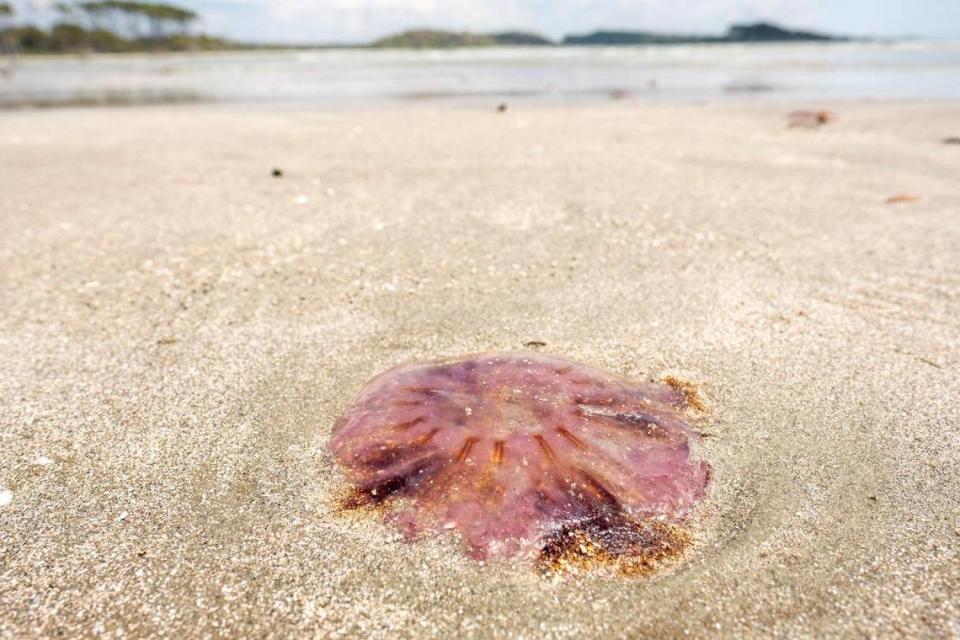
Sometimes people will see schooling red drum — fish with a identifiable black dot on the upper part of the tail base — taking in the warmth and dodging dolphins. Other times, octopuses can be seen in tide pools soaking up rays.
Large marine wildlife begin with the obvious great white sharks that barrel down from New England and Canada for what are, to them, winter’s warmer waters. The apex predators will populate the Carolinas, Georgia and Florida waters through the end of April, and for scientists, being about to tag these sharks during the season means they can glean a plethora of data about the massive fish.
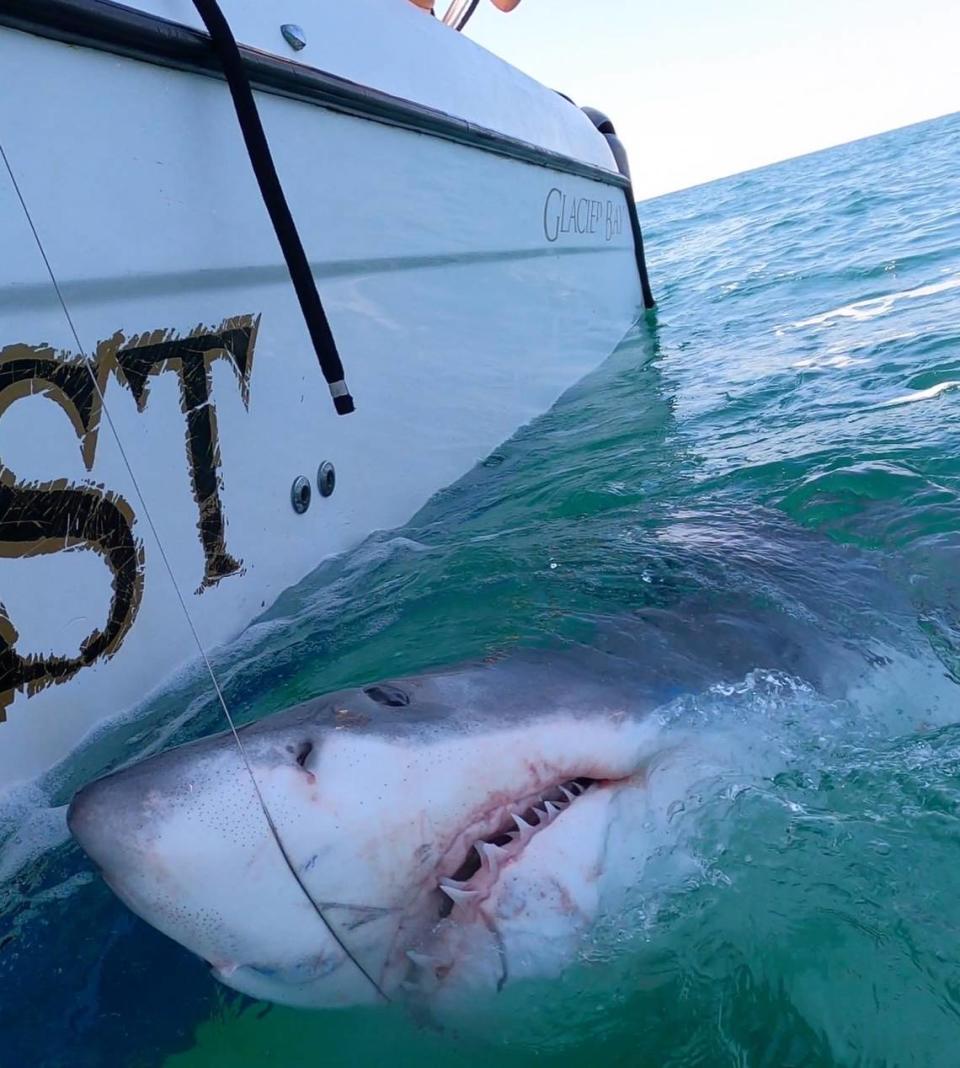
Research done by entities outside of SCDNR, like OCEARCH, have shown evidence that of white sharks mating South Carolina waters during the wintertime, Weeks said.
Humpback and North Atlantic right whales are also seasonal visitors to the Atlantic southeast coast. Weeks said while most people aren’t fortunate to see them, some people, standing on the pier at Myrtle Beach State Park, have spotted humpback whales swimming in the area.
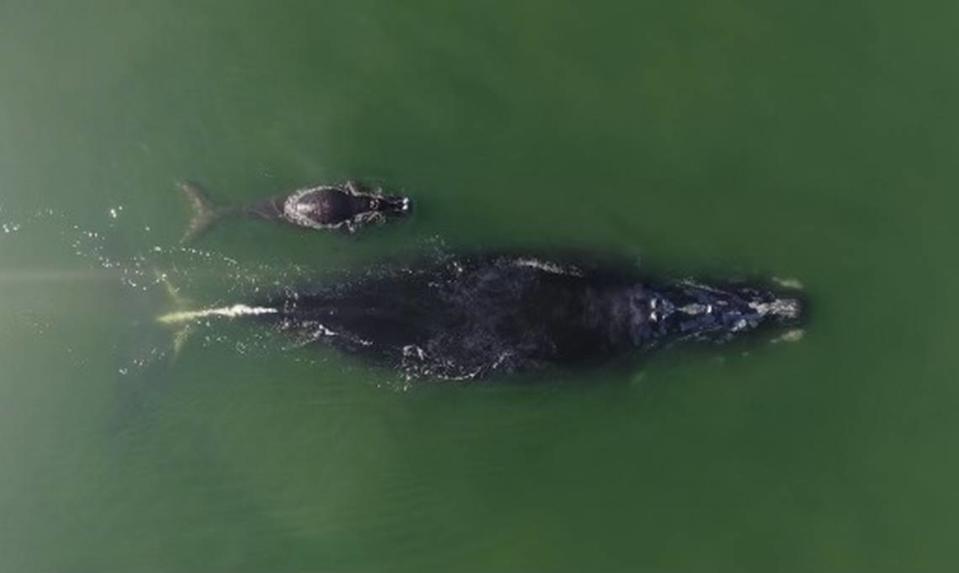
Aerial flights, run through the Clearwater Marine Aquarium Research Institute and done on a four-seater plane, aim to seek out right whales and plot them on an interactive map for the public.
On land
On higher ground, America’s most iconic bird is doing important work. During December, the bald eagles begin nesting after they’ve formed up their territory and settled on a site, typically in big, craggy trees along waterways.
“When there’s no leaves on the trees, their nests are really big and can be easier to spot in the wintertime,” Weeks said.
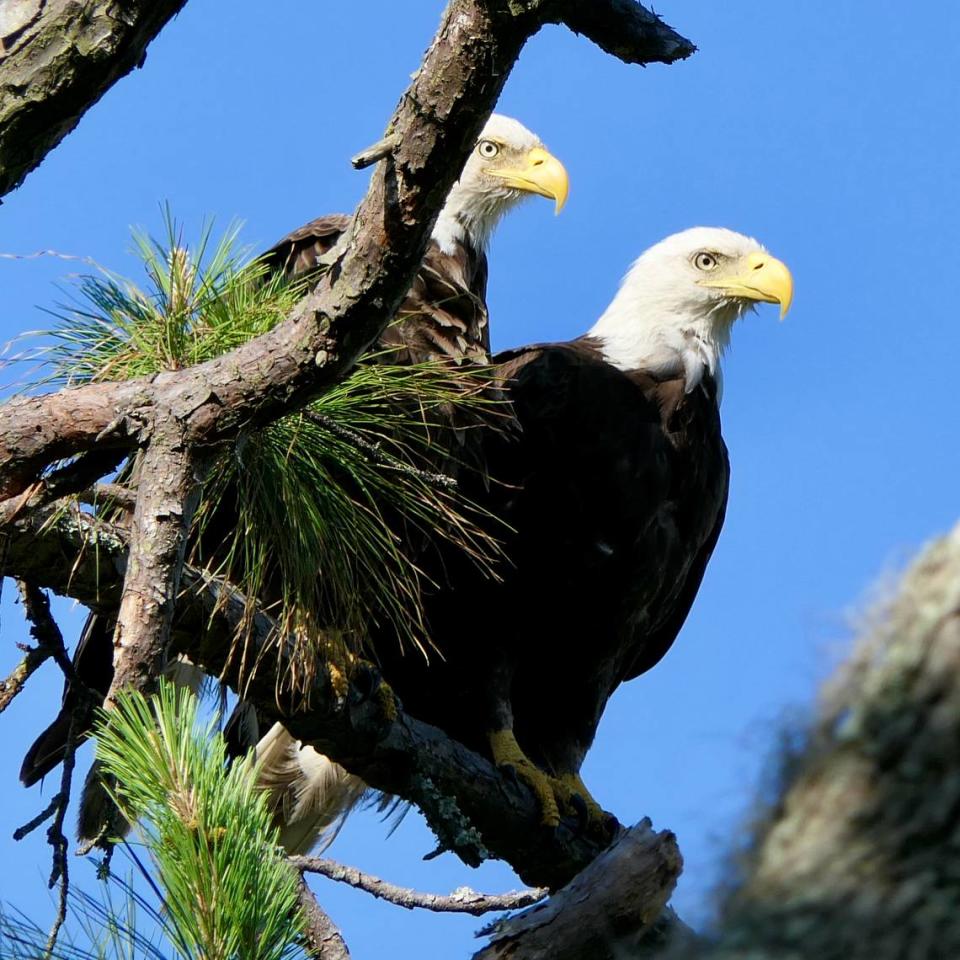
And like the right whales, aerial flights are used to count the number of bald eagles. However, last year may have been the final season for the survey because the bird is so recovered and don’t require the same monitoring, Weeks added.
Like the bald eagle, the great horned owl, a strong predator with wispy ear-shaped tufts, uses the wintertime to nest. In February, the owls start to lay their eggs, but in the early winter, they’re forming up territories.
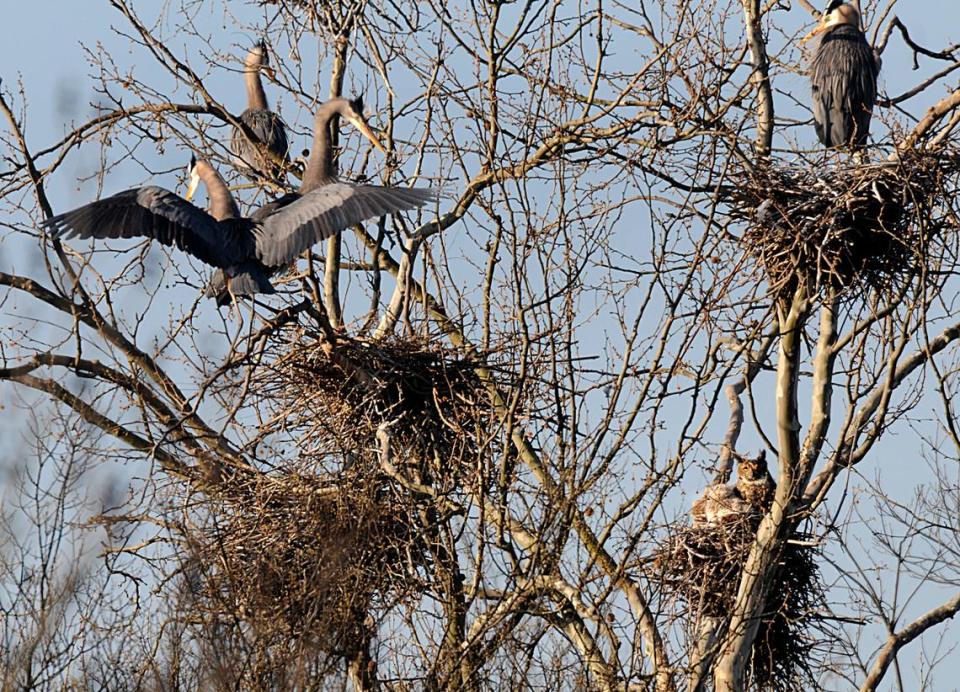
Shorebirds are a bit different, Weeks said. Instead of nesting, they’re moving into South Carolina during the cool months for rest and feast.
“When spring comes around, then they are full of energy and can make their big flights to their nesting grounds and then lay eggs,” she said.
The piping plover, a federally protected bird with a sand-like color and short bill, come for overwintering grounds where they can relax and forage on the beaches. They fill up on crustaceans and worms that are wriggling in the sand, Weeks noted.
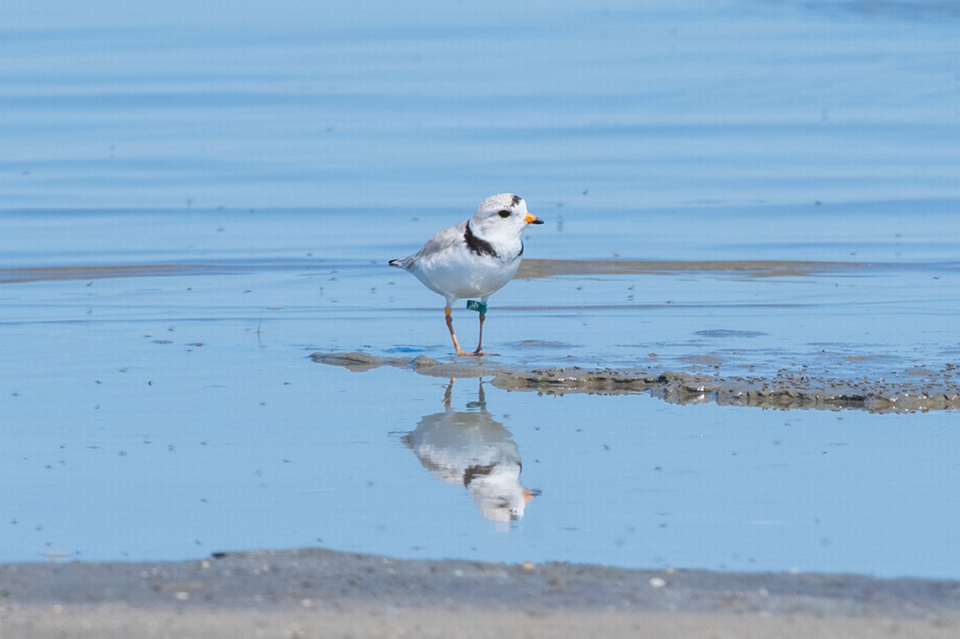
On a larger scale, American white pelicans, with a 9-foot wingspan and long amber-colored bill, move in large numbers when they come to South Carolina for a break before they hightail it out for their breeding grounds when it warms up. According to Audubon, the birds scoop up fish in pouch to eat and also enjoy crayfish and salamanders.
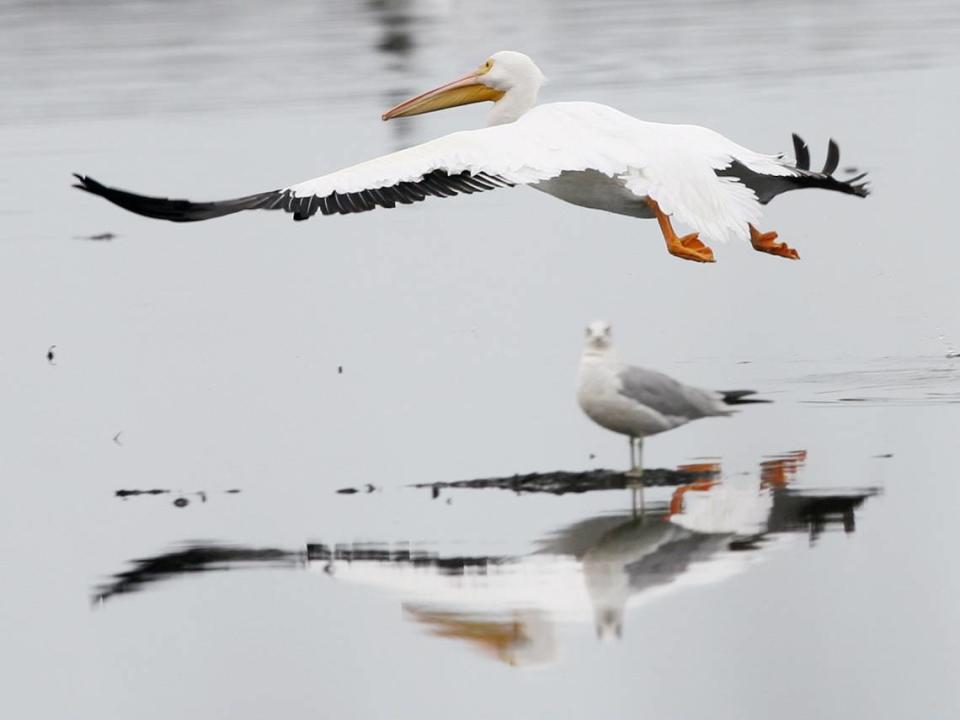
Known for their ravishing black and white feathers, punctuated by an orange bill, the American oystercatcher are doing exactly what their name proposes. People will often see them, of course, around oyster reefs. Weeks said during the wintertime, South Carolina is home to a third of the Atlantic’s oystercatcher’s population.
